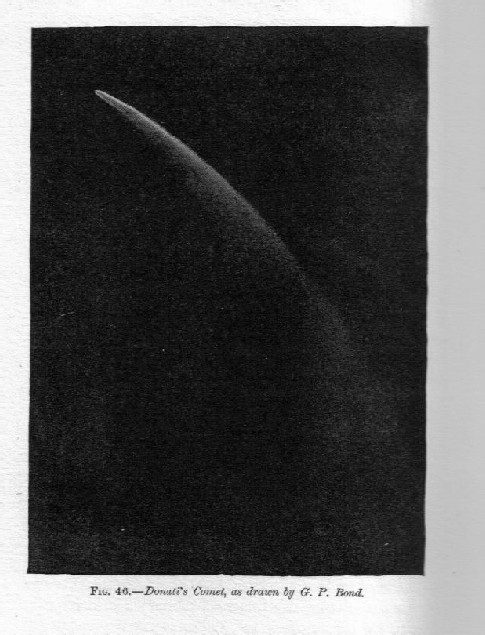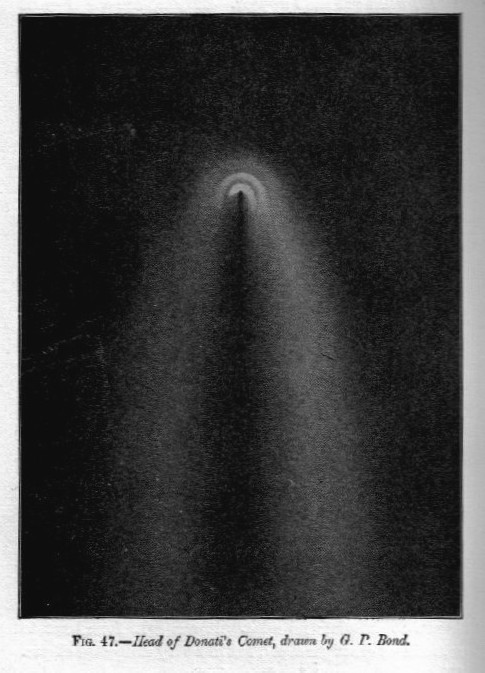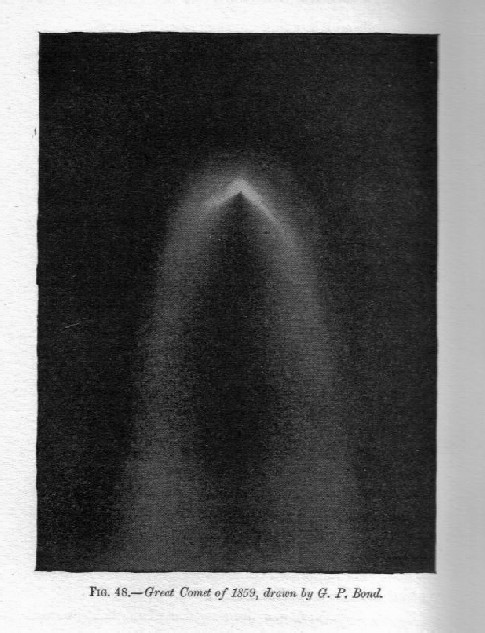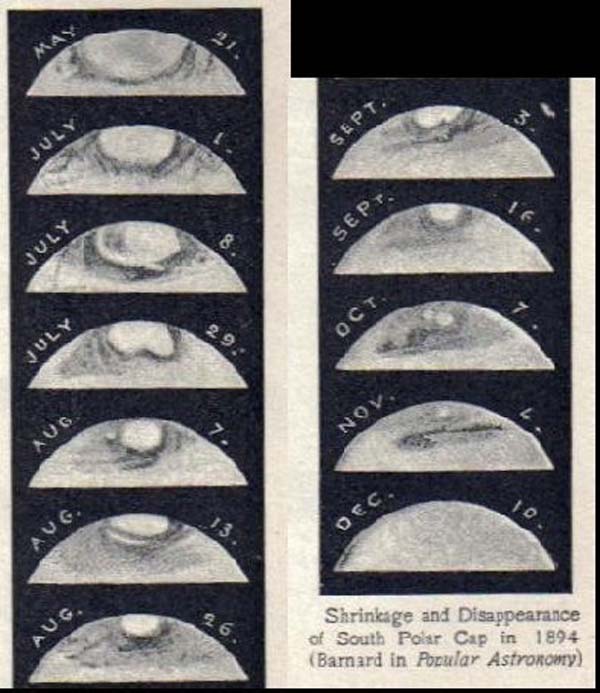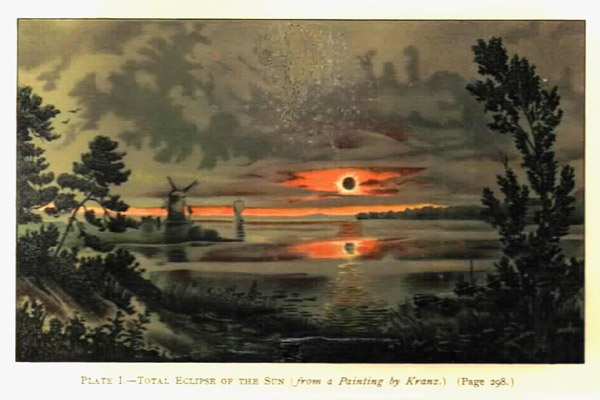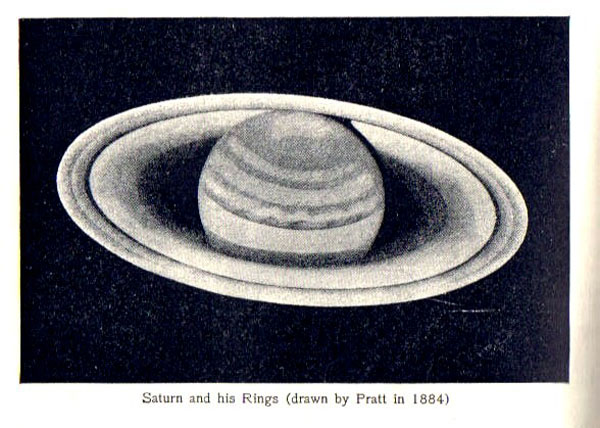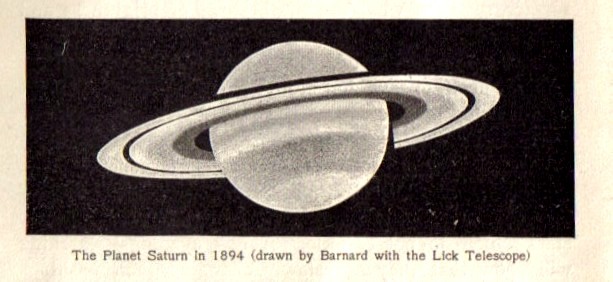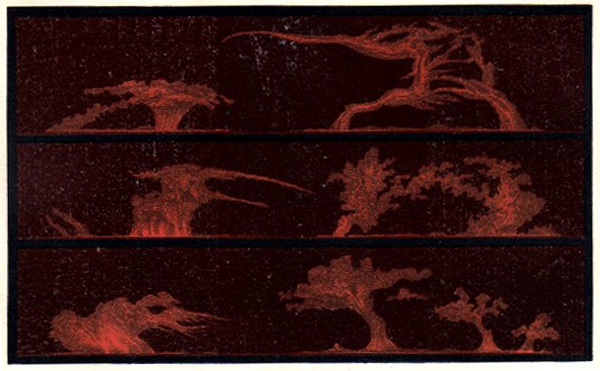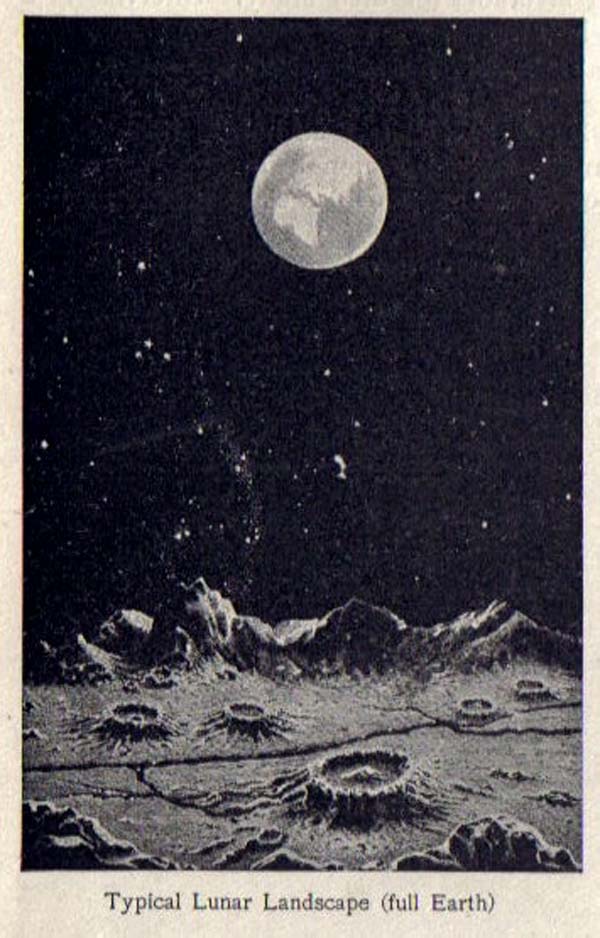The three comet sketches shown here were made by American astronomer and former
director of Harvard College Observatory, George Phillips Bond, son of the first
director William Cranch Bond. George discovered eleven comets and worked closely
with his father at Harvard College Observatory. Together the Bonds are credited
with the discovery of Saturn’s moon Hyperion at the same time famous British
astronomer and co-discoverer, William Lassell, also spotted it in 1848. The Bonds
were also credited with the discovery of the dusty crepe ring as William Lassell
later named it.
Using the new Daguerre’s photographic process, George P. Bond took the first
photograph of a star (Vega) in 1850 and within 7 years he was photographing double
stars like Mizar and attempting to use photography to determine stellar
magnitudes.
One of the most spectacular comets of the 19th century was Donati’s comet named
after its Italian discoverer in Florence. This comet reached a magnitude of -1 in
September of 1858 and had a tail extending 60° across the sky. The first sketch of
Donati’s comet was made without optical aid. The second sketch was made at the
eyepiece of the Harvard College Observatory’s 15 inch refractor. The last sketch
was made at the eyepiece of the same telescope of another comet the following year
called ‘the Great Comet of 1859’. In that same year George took over the
directorship of the observatory from his father. Six years later George P. Bond
died of tuberculosis before reaching his 40th birthday.
Frank McCabe
Sketches are from Astronomy for Everybody by Simon Newcomb© 1902, McClure,
Phillips & Company, pages 268, 270 and 272

